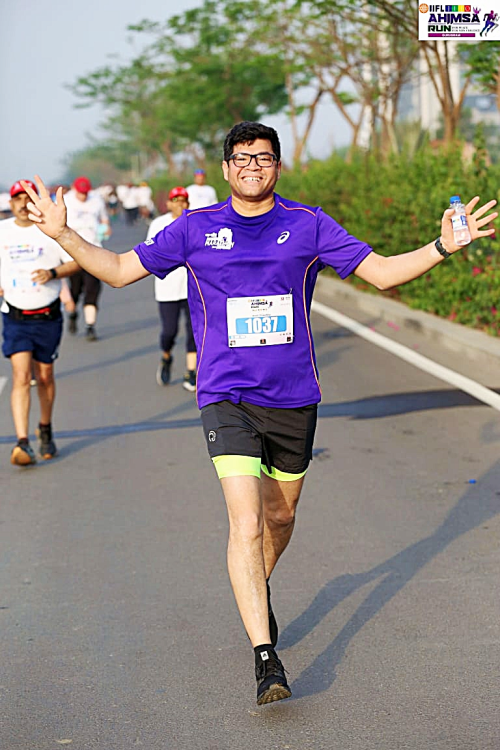Running and Joint Health: Long Term Sustainability for Lifelong Runners

Runners are often told that they’re “wearing out their knees” — but science tells a different story. When done right, running doesn’t destroy your joints; it can actually protect them.
How Running Helps Joint Health
- Muscle Support: Strong muscles reduce joint strain.
- Cartilage Conditioning: Regular running helps cartilage adapt to impact, improving shock absorption.
- Mobility Boost: Running keeps joints flexible and functional.
But sustainability is the key word. This article will debunk joint health myths, offer smart practices for joint protection, and provide practical tools to help you enjoy running – not just today, but into your 40s, 50s, and beyond. Whether you’re a beginner or a veteran runner, this is your guide to keeping your joints happy and your miles steady.
Key Practices to Protect Your Joints While Running
- Warm Up Before Every Run
Prepping the muscles reduces joint stress by improving mobility and blood flow. - Run with Proper Form
A midfoot strike and upright posture distribute impact evenly across joints. - Strengthen Supporting Muscles
Strong hips, glutes, and quads take pressure off the knees and ankles. - Alternate Running Surfaces
Trails and tracks are easier on joints than pavement. - Invest in the Right Footwear
Choose shoes that offer the right cushioning and support for your gait. - Don’t Skip Rest Days
Joints need time to recover and replenish cartilage between runs. - Listen to Pain Signals
Soreness is normal; sharp pain is a warning. Adjust mileage or technique if needed. Meet Doctor instead of self treating injuries. - Take proper nutrition – Eat proper high protein diet with all nutrients and take Vit D supplements regularly.
Understanding Running’s Impact on Joints: Myths vs. Facts
Let’s break down what research and real-world practice tell us about running’s long-term effect on joint health:
Myth | Reality | |
Running causes arthritis | Studies show runners have lower rates of osteoarthritis than non-runners. | |
All knee pain means damage | Often, it’s muscular imbalance or overuse — not structural damage. | |
More mileage = more joint wear | Load matters, but how you train matters more than how much. | |
You should stop running after 50 | With strength training and proper form, many people run well into their 60s and 70s. | |
You need maximum cushioning shoes | Too much cushion can alter gait; personalized fit is more important. |
Joint longevity isn’t just about limiting movement – it’s about training smart and creating a supportive system around your runs.
Run Smarter, Run Longer
Running can absolutely be a lifelong activity – if you approach it with intention. Instead of fearing joint damage, focus on joint support. Build strength, prioritize form, recover properly, and stay educated. At RunPlayGo, we’re committed to empowering runners with the tools, gear, and information they need for sustainable movement. So don’t hang up your shoes because of joint myths – run smarter, and enjoy the road ahead for decades to come.

